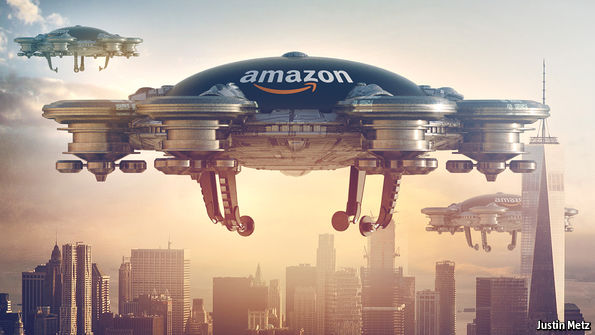Why Domino’s Pizza ($DPZ) was among the worst stocks today
The market was pushed and pulled all day long, with most traders unsure of what to make of a surprisingly poor job-growth pace for March. By the time the closing bell rang though, the S&P 500 was at 2,355.54, down a mere 0.08%.
It was anything but a ho-hum session for CarMax, Inc [stckqut]KMX[/stckqut], AngioDynamics, Inc. [stckqut]ANGO[/stckqut] and Domino’s Pizza, Inc. [stckqut]DPZ[/stckqut] though. These three names dished out the most pain to the most people, albeit for understandable reasons.
Domino’s Pizza, Inc. (DPZ)
The end of the first fiscal quarter was only seven days ago, and already we’re hearing sales warnings about key companies.
Domino’s Pizza was today’s biggest victim on that front, with DPZ shareholders being cautioned by an M Science report that its domestic growth for Q1 would likely be “well below the rough consensus estimate.” Domino’s neither confirmed nor denied the rumor, saying it doesn’t respond to third-party prognostications. The market certainly responded though, sending DPZ to a loss of 5.8% for the day.
All will be revealed on April 27, when the company reports last quarter’s results. Analysts are expecting Domino’s Pizza to post income of $1.16 per share on revenue of $615.5 million. Both are up from year-ago figures of 89 cents per share of DPZ and sales of $539.17 million, respectively.



